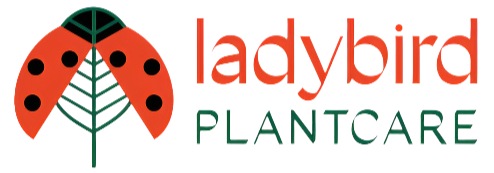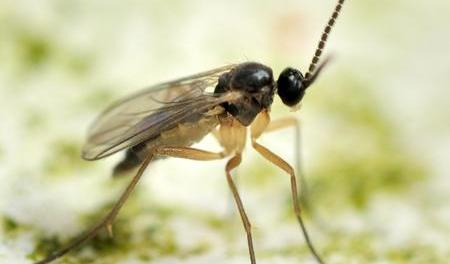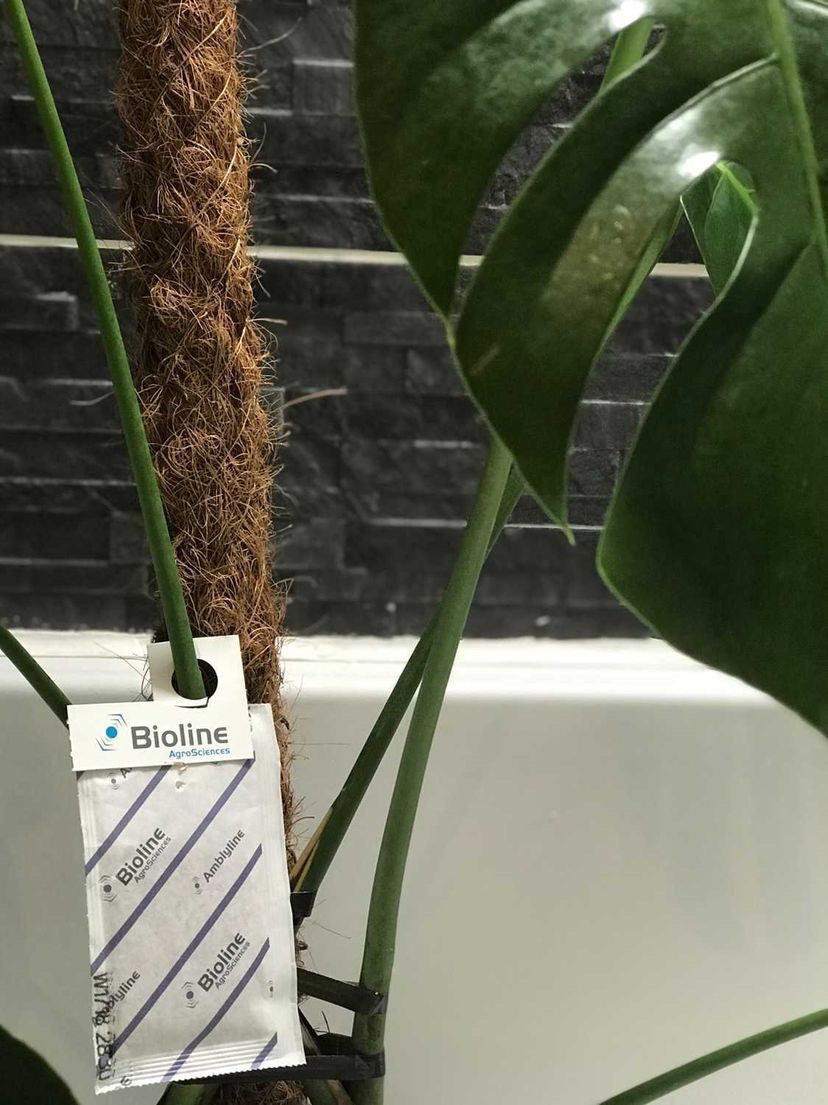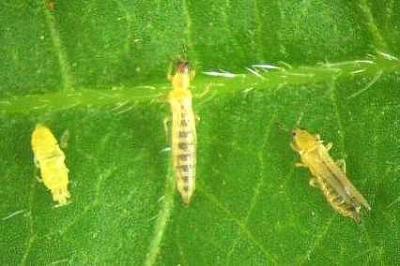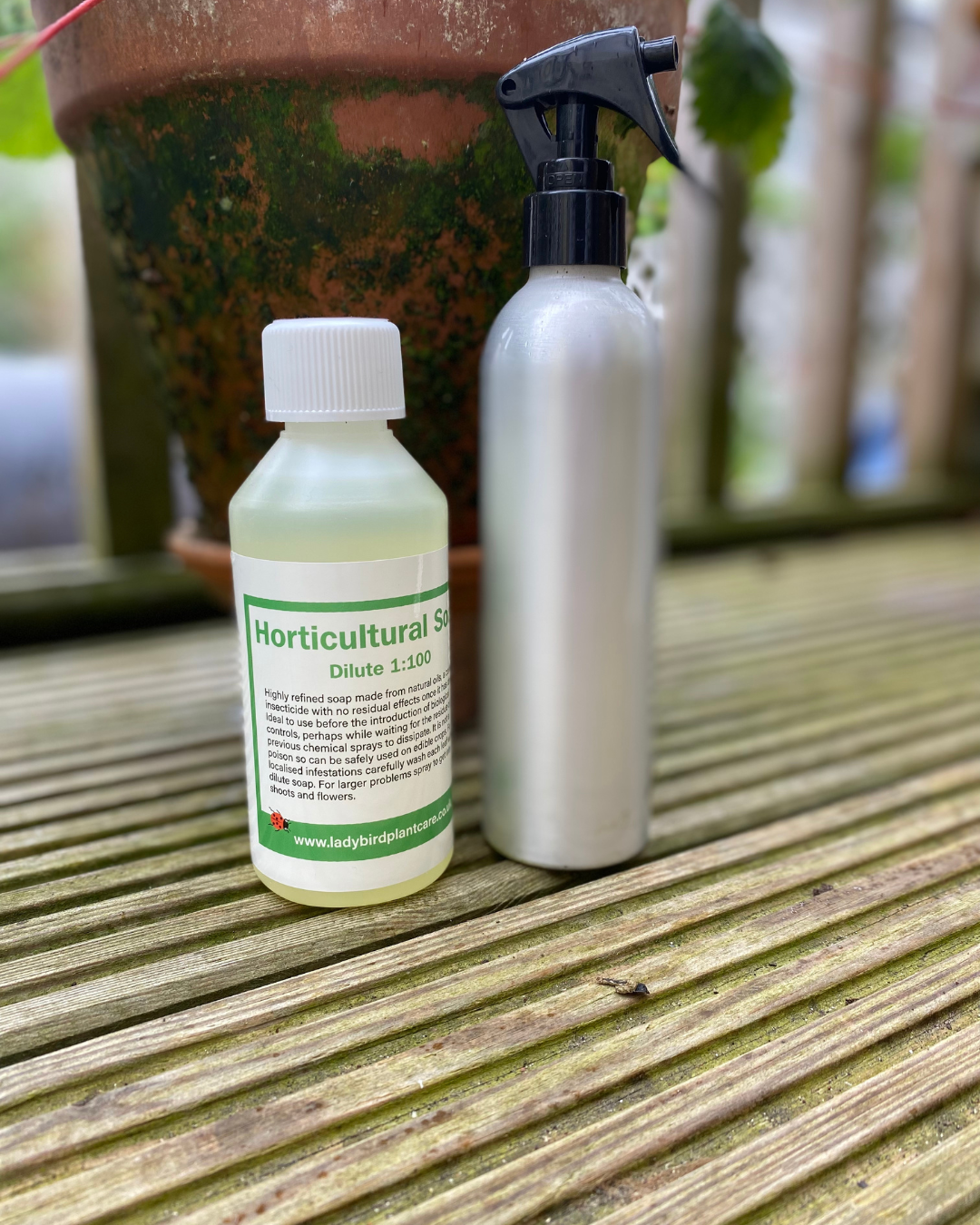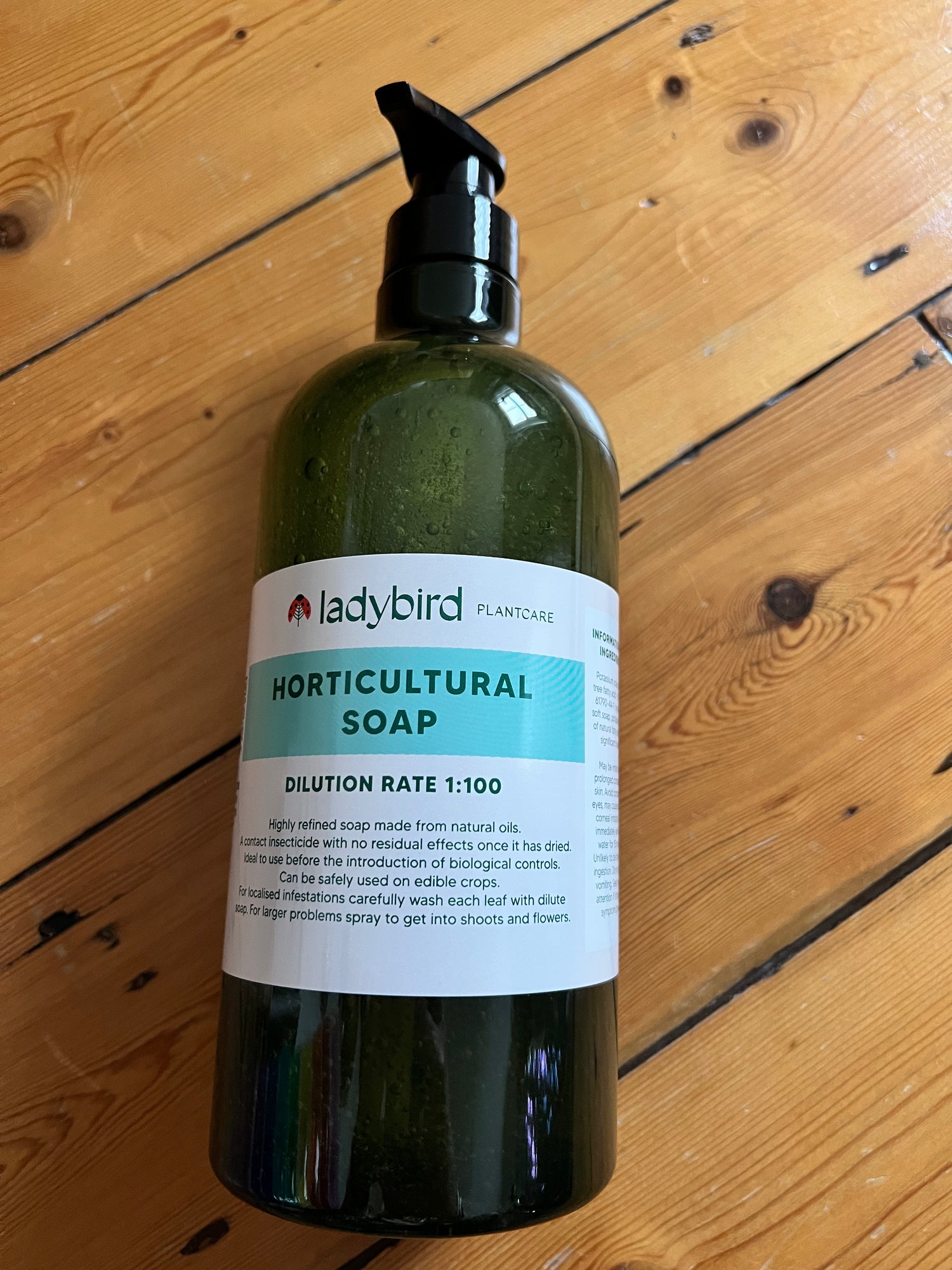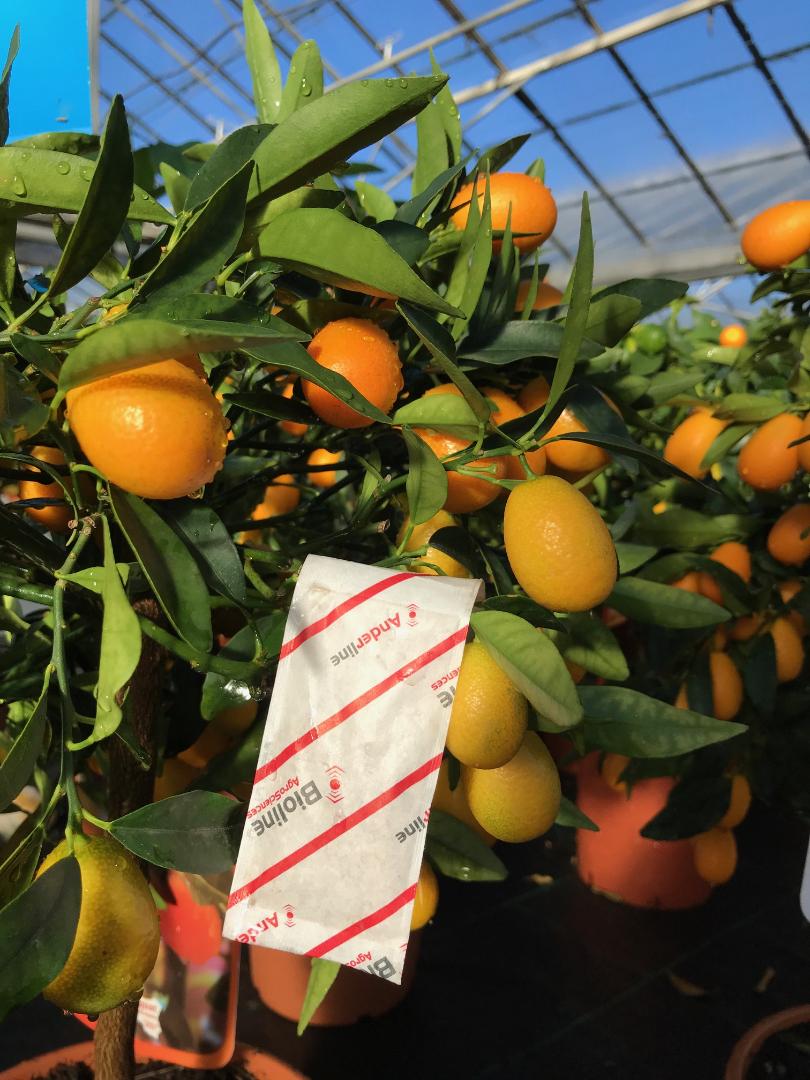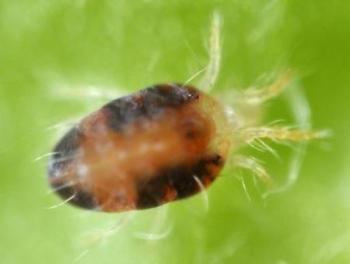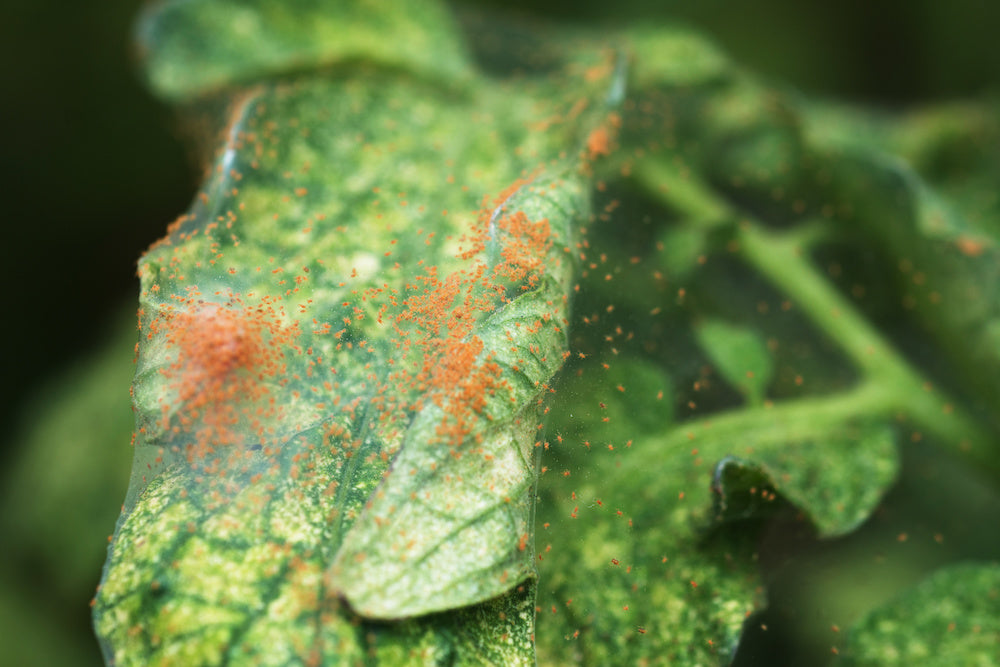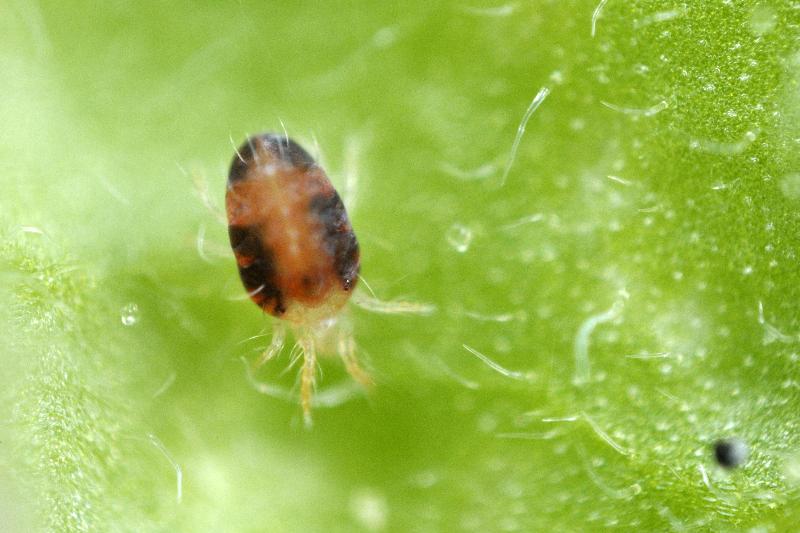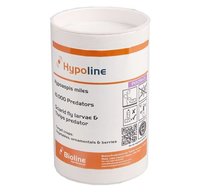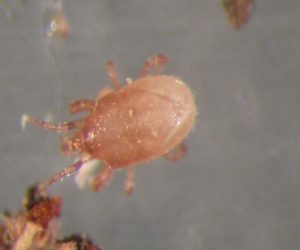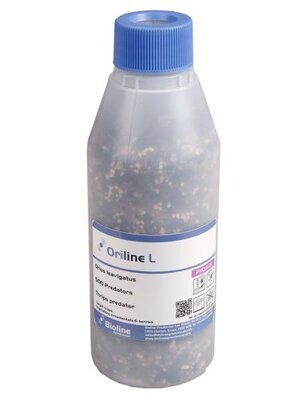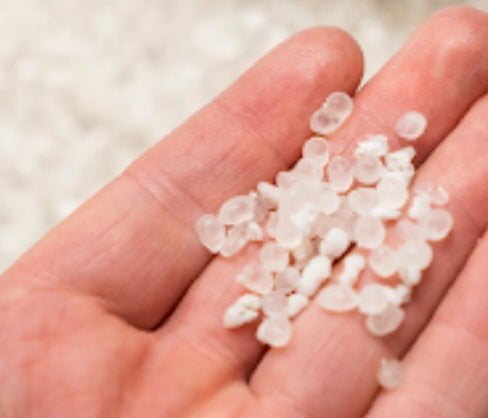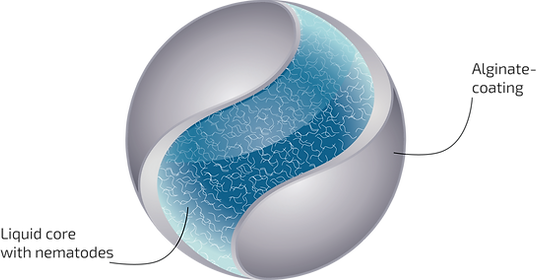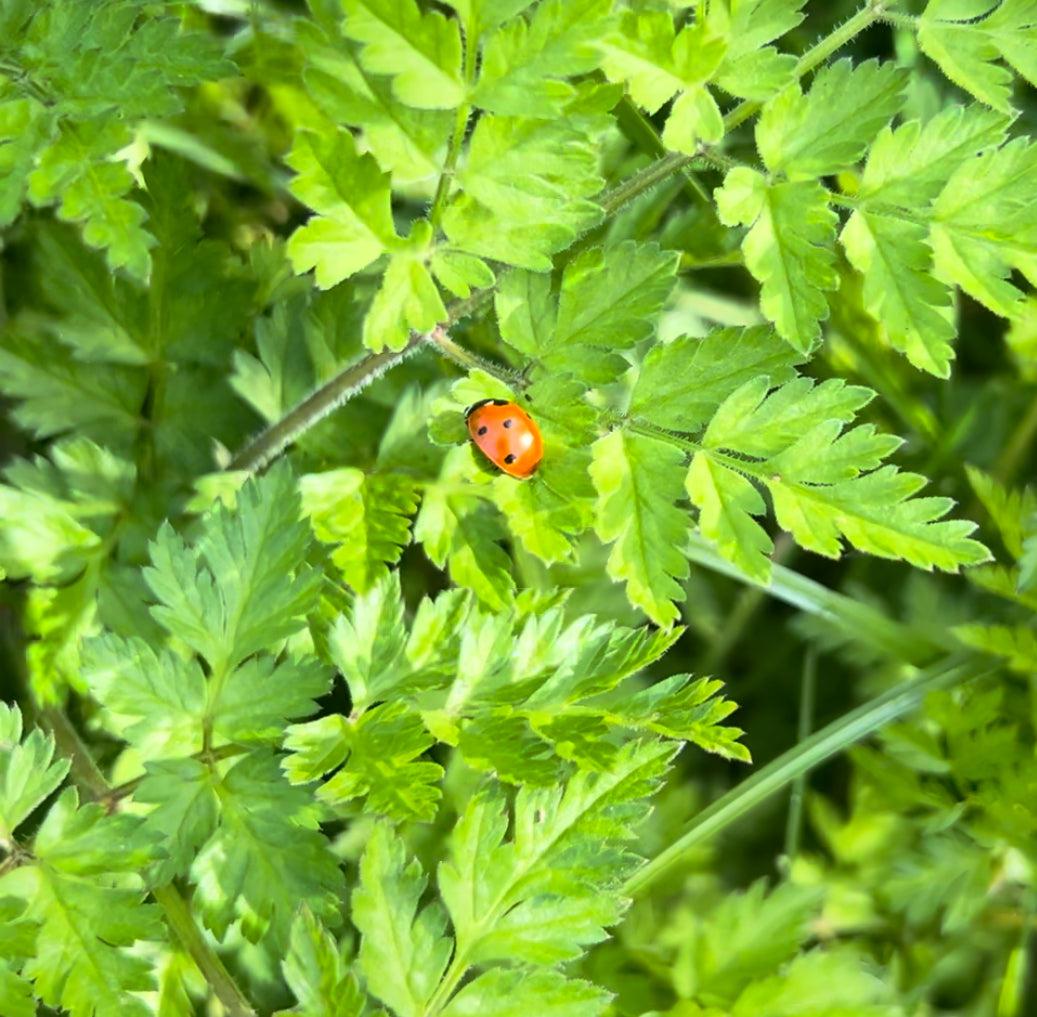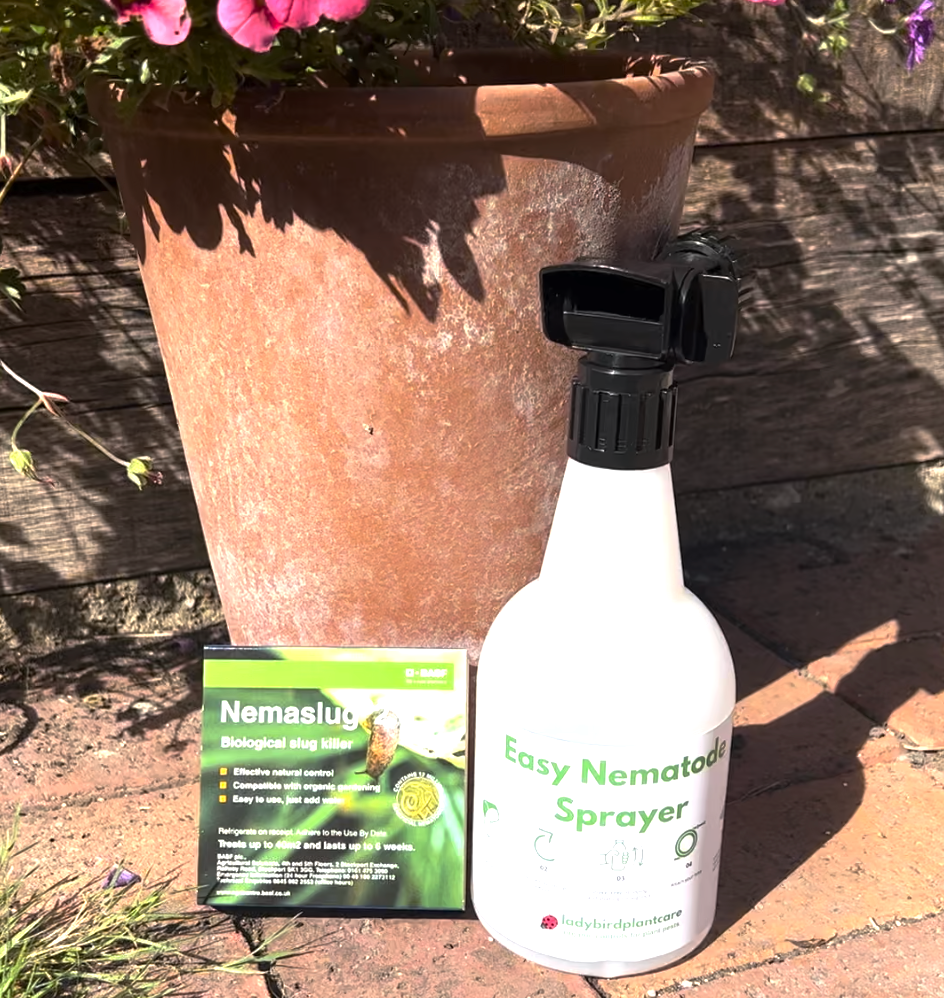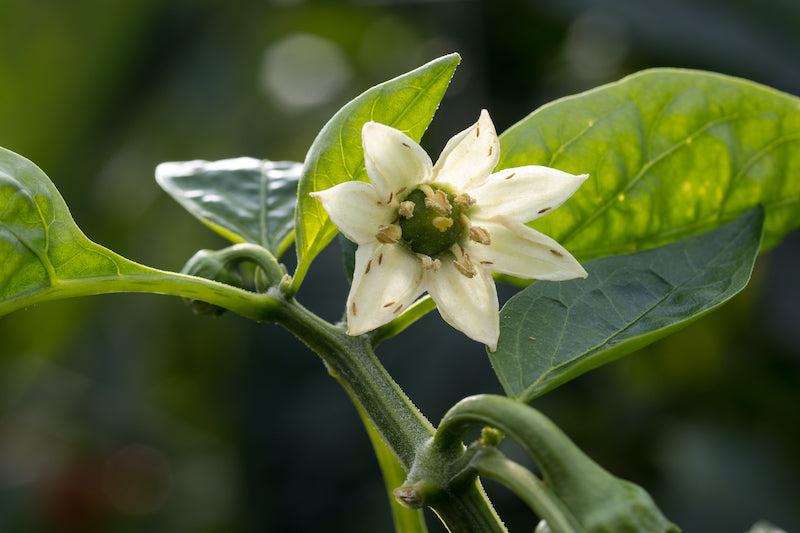The Between Two Thorns Edit
Here's a few products that we recommend from Ladybird Plantcare's range
Sort by:
9 products
9 products
Save your houseplants and seedlings from Sciarid fly/Fungus gnats and larvae damage with our parasitic nematodes.
Biological controls are not always kept in stock, they are ordered in fresh. This can sometimes lead to a time lag between when you place the order and when it is despatched.
The adult fungus gnats/sciarid flies live on and around the compost surface of pots, more commonly indoors rather than outside. The flies themselves are an unsightly nuisance but most of the damage is caused actually by their young. The small white larvae live in the compost and feed on the tender roots of plants and cuttings. They will also come to the surface to feed.
Nematodes are more effective if the sciarid population is high. The nematodes are watered on, and attack the sciarid larvae underground. Parasitic nematodes seek out suitable hosts by swimming in the thin film of water on soil particles, locating hosts by detecting carbon dioxide and other waste products. Once they find a host, they enter the body cavity through the breathing or feeding systems, and release bacteria (Xenorhabdus). The bacteria kills the host within hours, and the nematodes grow and reproduce within the 'broth', which they produce. The next generation of infective juveniles leaves the dead host, and moves in search of fresh hosts.
You can read the instructions for the nematodes HERE.
Combine with yellow sticky traps for better control. A second treatment may be required depending on the level of infestation and the life cycle stage of the pest.
Thrips Prevention - Thrips are very difficult to reach with chemical sprays but Amblyseius predator mites are small enough to find and eat them, release early as they control the first stages of the Thrips lifecycle.
These sachets contain a breeding colony of mites that crawl out slowly over a 4-6 week period and attack the larvae and pupae stages of Thrips. You can read the instructions for use HERE.
Inside the sachets can be used all year round and pose no risk to pets or humans.
Outside, for best results, introduce the Amblyseius in mid-May for frost-free glasshouses, or earlier where temperatures are constantly warm. Amblyseius will survive on pollen from flowers until the young thrips start to appear and provide them with a preferred diet, thus preventing an infestation from taking hold.
This product should be used in prevention of an outbreak so either around the time that you normally see Thrips or at the very first sign that they are present. If you already have a Thrips problem then please check out our other products for Thrips as you will need something that also controls the adult stage.
Save your houseplants and seedlings from Sciarid fly/Fungus gnats and larvae damage with our best selling solution. (Steinernema Feltiae/Carpocapsae mix).
The adult sciarid flies live on and around the compost surface of pots, more commonly indoors rather than outside. The flies themselves are an unsightly nuisance but most of the damage is caused actually by their young. The small white larvae live in the compost and feed on the tender roots of plants and cuttings. They will also come to the surface to feed.
You need to control both the adults and the larvae or you will not break the cycle.
For the adults use the new eco yellow sticky traps, you get 5 (12cm x 5cm) traps.
For the larvae nematodes are watered onto deal with the larvae underground. Parasitic nematodes seek out suitable hosts by swimming in the thin film of water on soil particles, locating hosts by detecting carbon dioxide and other waste products.
Once they find a host, they enter the body cavity through the breathing or feeding systems, and release bacteria (Xenorhabdus). The bacteria kills the host within hours, and the nematodes grow and reproduce within the 'broth', which they produce. The next generation of infective juveniles leaves the dead host, and moves in search of fresh hosts. You can read the nematode instructions HERE.
A second treatment of nematodes may be required depending on the level of infestation and the life cycle stage of the pest.
Amblyseius Andersoni is primarily used to prevent a spider mite infestation (especially in houseplants) or as an out of season control rather than as a solution for a bad infestation. It's an excellent product for catching the spider mites as they come out of hibernation in the early spring.
The sachets contain a breeding colony of mites that crawl out slowly over a period of 4-6 weeks stopping an infestation from taking hold. If you already have spider mites in large numbers please use Phytoseiulus first.
These predatory mites are widely used in commercial glasshouses to control unwanted plant pests. Amblyseius Andersoni is used to treat different species of Red Spider Mite (Tetranychus spp. and Panonychus spp.) Fuchsia Gall Mites, Pear Blister Mites, Rust Mites, Boxus Mite and Thrips, it can tolerate a wide range of high and low temperatures 6°C to 40°C, making it a great early season control.
Phytoseiulus is the number one method for controlling glasshouse red spider mite, and is widely used by both amateur gardeners and commercial growers.
This species is a highly active hunter and has become a standard spider mite treatment in many crops. It develops twice as fast as the spider mite at humidity levels that are above 60% (unfavourable to spider mites, favourable to Phytoseiulus), which allows a rapid control of outbreaks.
A female Phytoseiulus can destroy ten spider mite females and their young in just seven days under optimum conditions. The tube holds living predator mites hidden in a bran carrier. You may not be able to see anything but the carrier as the mites are very hard to see with the naked eye. The tubes contain approximately 2,000 mites.
Orders placed by 10am Monday will be despatched later in the week.
Hypoaspis (also known as Stratiolaelaps scimitus) are mobile predatory mites that feed on sciarid fly larvae and other 'soil' pests including springtails, thrips pupae, root weevils, root aphids and root mealybug. They will also control overwintering spider mites.
The mites are small, barely visible to the naked eye, and have a light brown to tan colour. They are beneficial because they feed on a variety of harmful pests, including fungus gnats, thrips larvae, root aphids, and other small insects and mites that reside in the soil. These predatory mites are particularly effective in controlling pests in the early stages of their life cycle.
When introduced into the soil or growing media of plants, the mites actively search for prey, consuming the pest larvae and eggs, thus helping to reduce their populations and prevent potential damage to crops. They are considered a safe and environmentally friendly alternative to chemical pesticides, making them a valuable tool in integrated pest management strategies.
Sold in 2 sizes, place your order by 10am Monday for delivery later in the week.
Orius laevigatus is the final frontier for fighting a Thrips infestation. We sell a mixture of 500 adults and nymphs to attack all stages of Thrips, one of the only biological control agents that is able to kill adult thrips.
Orius bugs will also feed on aphids, mites, whiteflies and moth eggs.
Orius laevigatus performs well on the majority of plants, particularly those with pollen producing flowers. Orius predators work better when contained/confined. This can be done by isolating the plants you are treating to one room and closing them in or covering the plants with netting. More about netting here
Products should be ordered by Monday 10am for despatch the same week, get in touch if you would like a different despatch day.
A new pest control solution designed for preventative control of fungus gnat larvae and other soil-dwelling pests. This innovative formulation contains nematodes encapsulated within an organic, biodegradable, residue-free coating that release nematodes gradually into the growing media, providing long-term control.
-
Novel formulation: Encapsulated in pearl-like, biodegradable capsules for controlled release
-
Preventative control: Effective against fungus gnat and thrips larvae and some other soil pests
-
Extended storage life: Maintained for more than 8 weeks.
-
Environmentally friendly: Made from organic, food-grade materials with zero microplastics, meaning it dissolves without residues.
-
Water-efficient: Uses significantly less water than traditional nematode applications
Formulation
Capsule structure: The capsule is made up of a liquid core containing active nematodes which are surrounded by an alginate coating. This shell maintains the internal moisture of the capsule which ensures nematode survivability.
Slow release: The coating gradually becomes permeable after approximately one-week post-application, allowing the nematodes to migrate into the surrounding soil and actively seek out the pests.
Extended action: Slow release of nematode into the soil allows for almost double the duration of control compared to traditional nematode applications.
How to apply
Insert capsules into the compost. You can do this while repotting or planting but you can also apply by poking a hole in the compost.
Rate: One package of 200 capsules is enough for 20 pots with 12cm diameter or 8 pots with 20 cm diameter. The product can be kept in the fridge, check the pack for use by date.

